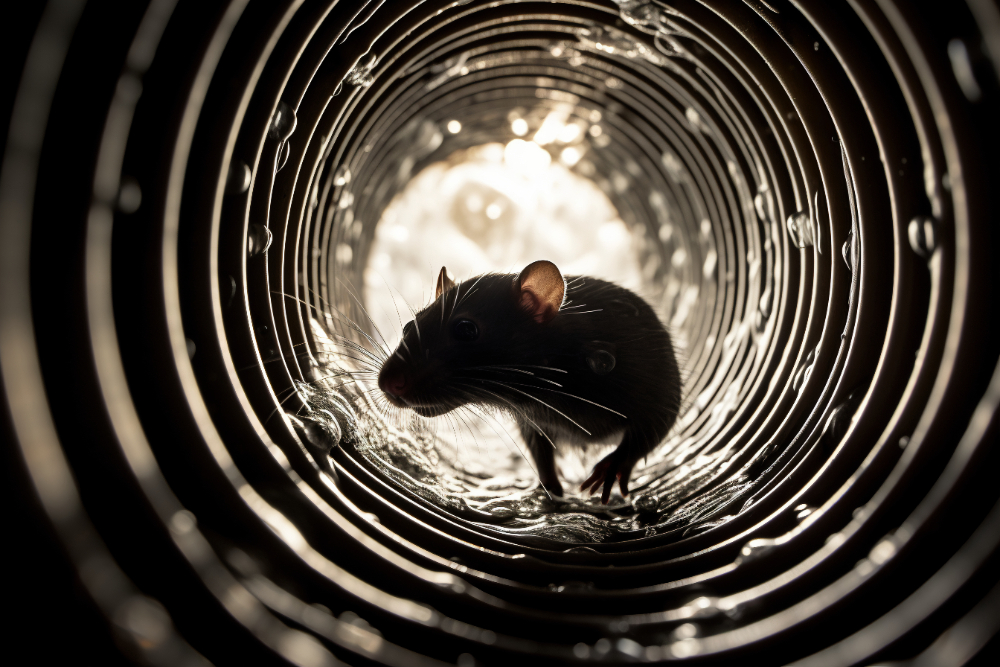Blog
-
11 SepRead more »
A high-quality protective coating is more than just a layer of paint. It's a critical barrier that shields valuable assets from corrosion, wear, and environmental damage. But how can you be sure that this protective layer is applied correctly and will perform as expected? This is where Elcometer coating inspection comes in, providing the certainty and data needed to protect everything from a family car to a massive suspension bridge.
This guide will explore the essential role of Elcometer tools in the world of coating inspection. We will cover why it’s so important, the advanced technology behind the instruments, and the key industries that depend on them for quality assurance. You will learn how using Elcometer products delivers unparalleled accuracy, efficiency, and reliability for any project.
Why Coating Inspection is Non-Negotiable
Applying a coating is a multi-stage process, and a failure at any step can lead to a premature breakdown of the entire system. A seemingly minor flaw can expose the underlying material, or substrate, to corrosive elements, leading to rust, structural weakness, and costly repairs. In some cases, a coating failure can have catastrophic consequences for safety and operational integrity.
Proper inspection verifies that each stage of the coating process meets strict specifications. It’s a quality control measure that prevents small issues from becoming major problems. By testing and documenting key metrics, inspectors can confirm that a coating will provide the intended protection for its entire ser
-
2 AprRead more »
In many industries, the most critical components are often the hardest to see. Hidden deep within machinery, sealed inside pipelines, or tucked away in complex structures, potential issues can develop unnoticed. Traditionally, inspecting these areas required costly and time-consuming disassembly. Modern technology, however, offers a smarter solution: industrial endoscopes and borescopes.
These powerful inspection cameras provide a window into the unseen, allowing professionals to conduct detailed visual checks in even the most inaccessible spots. For industries ranging from manufacturing and aerospace to plumbing and construction, these tools are not just a convenience—they are essential. By enabling non-destructive inspections, endoscopes and borescopes help minimize downtime, prevent catastrophic failures, and ensure operational efficiency.
At Celtic Surveys, we provide a comprehensive range of high-quality inspection cameras designed to meet the demands of any professional application.
What Are Endoscopes and Borescopes?
Although the terms are often used interchangeably, endoscopes and borescopes are sophisticated optical instruments designed for visual inspection. They consist of a long, flexible or rigid tube equipped with a high-resolution camera and a light source at the tip. This allows the user to navigate tight spaces and transmit a live video feed to a monitor.
The primary benefit of these devices is their ability to perform non-invasive i
-
10 DecRead more »
Blocked or damaged drains are a pain for homeowners, property managers, plumbers and pest control professionals alike. Slow draining sinks to nasty smells, drainage issues can cause big problems if not sorted out fast and properly. Whether you have a blockage or just want to make sure your drainage system is ship shape, knowing the tools and techniques used in professional drain clearance and inspection is key.
If you’re in Dublin, Ireland you’re in luck, there are experts with the latest technology to tackle even the trickiest drainage problems. Below we’ll look at the tools and technology they use to clear and inspect drains so you can relax.
Professional Tools for Drain Clearance
Clearing a blocked drain requires more than just plungers and elbow grease. Modern drain clearance services utilize an array of specialized tools to ensure efficient and long-lasting results. Here’s what you can expect when professionals get to work:
- Drain Rods
Drain rods are long, flexible rods that are interlocked to physically break up blockages in pipes. They’re ideal for clearing simple obstructions caused by grease, wipes, or other debris. Drain rods are handy for tackling blockages in bends and curves, restoring normal water flow quickly.
How they work: Professionals insert the rods into the blocked drain and rotate them to dislodge stubborn clogs.
Benefits: Effective for simple, localized blockages and relatively cost-efficient. - High-Pressure Hoses
For more stubborn blockages, high-pressure water jetting is often the go-to solution. High-pressure hoses blast water through drains at incredible force, breaking down debris and flushing it away.
Applications: Ideal for clearing grease, silt, tree roots, and other stubborn build-ups.
Benefits: A thorough method that cleans the entire pipe, not just the blocked area.
Eco-friendly: Uses water to clean rather than harsh chemicals, making it
- Drain Rods



